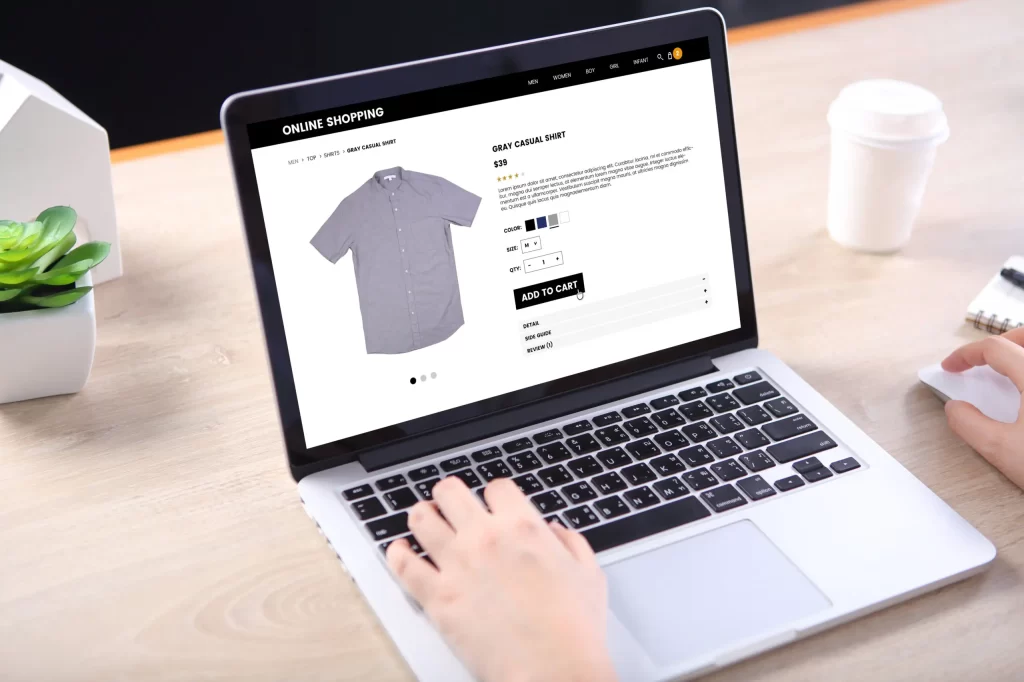
As the world is becoming more digitized, businesses are moving towards online platforms to reach their potential customers. E-commerce has become one of the most popular ways for businesses to showcase their products to a broader audience. However, just creating an online store and listing your products is not enough. Your store needs to rank higher on search engines to attract potential customers. This is where SEO comes into play.
SEO or Search Engine Optimization is the process of optimizing your website to rank higher on search engines such as Google, Bing, or Yahoo. The higher your website ranks, the more likely it is to attract potential customers. Product Listing Pages or PLPs are pages on e-commerce websites that display a list of products available for purchase. These pages need to be optimized for SEO to attract potential customers and increase sales. In this article, we will discuss various tips and tricks to improve the SEO of Product Listing Pages.
Improving the SEO of Product Listing Pages
Meta Description: This article will discuss various tips and tricks to improve the SEO of Product Listing Pages on e-commerce websites to attract potential customers and increase sales.
Introduction

The e-commerce industry is growing at an unprecedented rate, and businesses are moving towards online platforms to reach their potential customers. However, having an online store and listing products is not enough. Your store needs to rank higher on search engines to attract potential customers. This is where SEO comes into play. SEO is the process of optimizing your website to rank higher on search engines such as Google, Bing, or Yahoo. PLPs are pages on e-commerce websites that display a list of products available for purchase. These pages need to be optimized for SEO to attract potential customers and increase sales.
Improving the SEO of Product Listing Pages
- Optimize Product Titles
The product title is the first thing potential customers see when they search for a product. It is essential to make sure that the title is descriptive, concise, and includes the relevant keywords. A good product title should include the brand name, product name, and important product features. Avoid using too many technical terms and jargon as it may confuse potential customers and affect the product’s ranking on search engines.
- Optimize Product Descriptions
Product descriptions are another essential aspect of optimizing PLPs. A good product description should be descriptive, informative, and include relevant keywords. Avoid using duplicate content, and make sure that the description is unique for each product. Use bullet points or numbered lists to break down the features of the product and make it easier for potential customers to read and understand.
- Use High-Quality Images
Images play a crucial role in attracting potential customers to your PLPs. Use high-quality images that showcase the product’s features and make it easier for potential customers to visualize the product. Use alt tags to describe the image, and make sure that the file size is optimized for faster loading times.
- Optimize Product URLs
Product URLs play a crucial role in the ranking of your PLPs. Make sure that the URL is concise, descriptive, and includes relevant keywords. Avoid using special characters and symbols in the URL as it may affect the product’s ranking on search engines.
- Use Structured Data
Structured data is a type of code that helps search engines understand the content of your PLPs. It provides additional information about the product such as price, availability, and ratings. Use structured data to provide relevant information about the product and make it easier for search engines to index and rank your PLPs.
- Use Internal Linking
Internal linking is the process of linking to other pages within your website. Use internal linking to link to relevant pages such as related products, categories, or blog posts. Internal linking helps search engines understand the structure of your website.
- Optimize Page Speed
Page speed is an essential factor in SEO. A slow-loading PLP may result in potential customers leaving your website, which affects your website’s ranking on search engines. Optimize your PLP’s page speed by reducing image file sizes, using caching, and minimizing the number of HTTP requests.
User Experience

The user experience of your PLPs plays a crucial role in attracting and retaining potential customers. Make sure that your PLPs are easy to navigate, visually appealing, and provide relevant information about the product. Use customer reviews and ratings to provide social proof and make it easier for potential customers to make a purchase decision.
Conclusion
Optimizing your PLPs for SEO is essential to attract potential customers and increase sales. Use the tips and tricks mentioned in this article to improve the SEO of your PLPs and rank higher on search engines. Make sure that your product titles and descriptions are descriptive and include relevant keywords. Use high-quality images and optimize your product URLs. Use structured data, internal linking, and optimize your page speed and mobile optimization. Finally, provide a seamless user experience to attract and retain potential customers. With these strategies, you can improve the SEO of your PLPs and increase sales on your e-commerce website.
